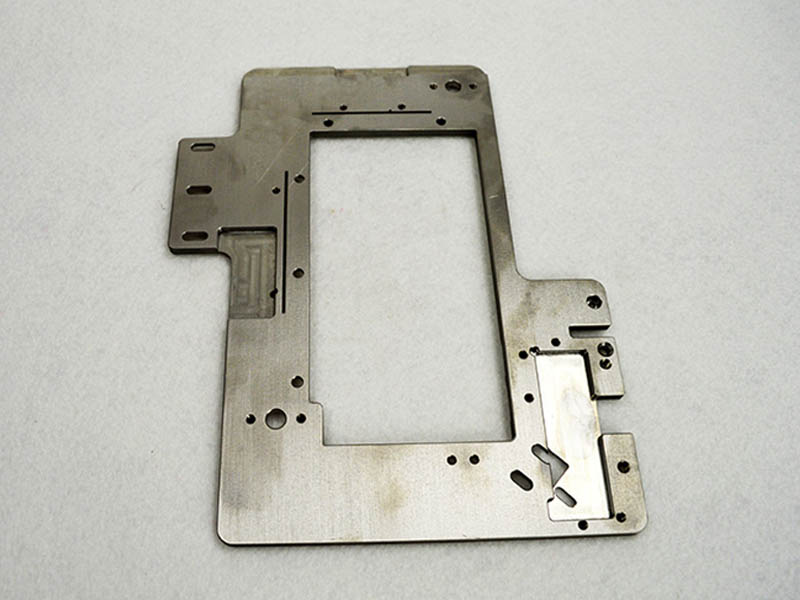Welding and repairing of mechanical parts is more troublesome than welding of steel structural parts, because welding and repairing parts must not only ensure the strength and rigidity requirements, but also ensure the overall size, shape and position accuracy and repairability requirements after repair. Welding and repairing of large and complex parts must be based on the wear and damage of the parts, and the welding and repairing process must be formulated and strictly implemented. In general, the main points of the welding repair process are as follow:

1.Planning before welding.
The pre-welding planning work is not only equipment planning, but also preparation of welding grooves and preheating of weldments.
Y-shaped groove for single-sided welding (plate thickness ≤30mm), double V-shaped groove for double-sided welding (plate thickness> 30mm), U-shaped groove for shaft butt welding. The groove is formed by mechanical processing, it is also possible to use gas cutting or gouging, but it must be eliminated. The groove must be clean, free of oil and rust. The groove of the butt welding should be symmetrical to ensure good positioning. The groove of the crack depends on the depth and length of the crack. It should be easy to weld and reduce the filler metal.
The preheating temperature of the welded parts depends on the carbon content of the base metal. Some steel grades that maintain austenite structure at normal temperature have no hardening condition and may not be preheated.
2.Position welding.
When the parts of the shafts or some parts that have been welded and repaired have been cut off from the whole, it is necessary to ensure that the welding positions of the welding parts are accurate to prevent excessive deformation during welding. To this end, tack welding should be carried out first: spot welding is performed with electrodes with a diameter smaller than that of the welding, and then the position is corrected again, and spot welding is positioned at several symmetrical spot welding.
3.Selection of the number of welding seams and the diameter of the electrode.
Multiple weld layers are required for wide or deep welds. Welding procedures are interwoven to improve the function and to anneal welds. The weld bead should be symmetrically spaced. The thicker part of the surfacing layer is first welded to the working size with a generally tough electrode or an austenitic stainless steel electrode, and then to the required size with the surfacing electrode, and if necessary, leave a processing allowance. In multi-pass welding, the first-to-three-pass thin-wall electrode can be used to weld the bottom fillet through, and then use the thick-diameter electrode to complete the rest of the weld. The diameter of the surfacing electrode should be smaller than the electrode used for welding in order to control the temperature of the parts during surfacing.